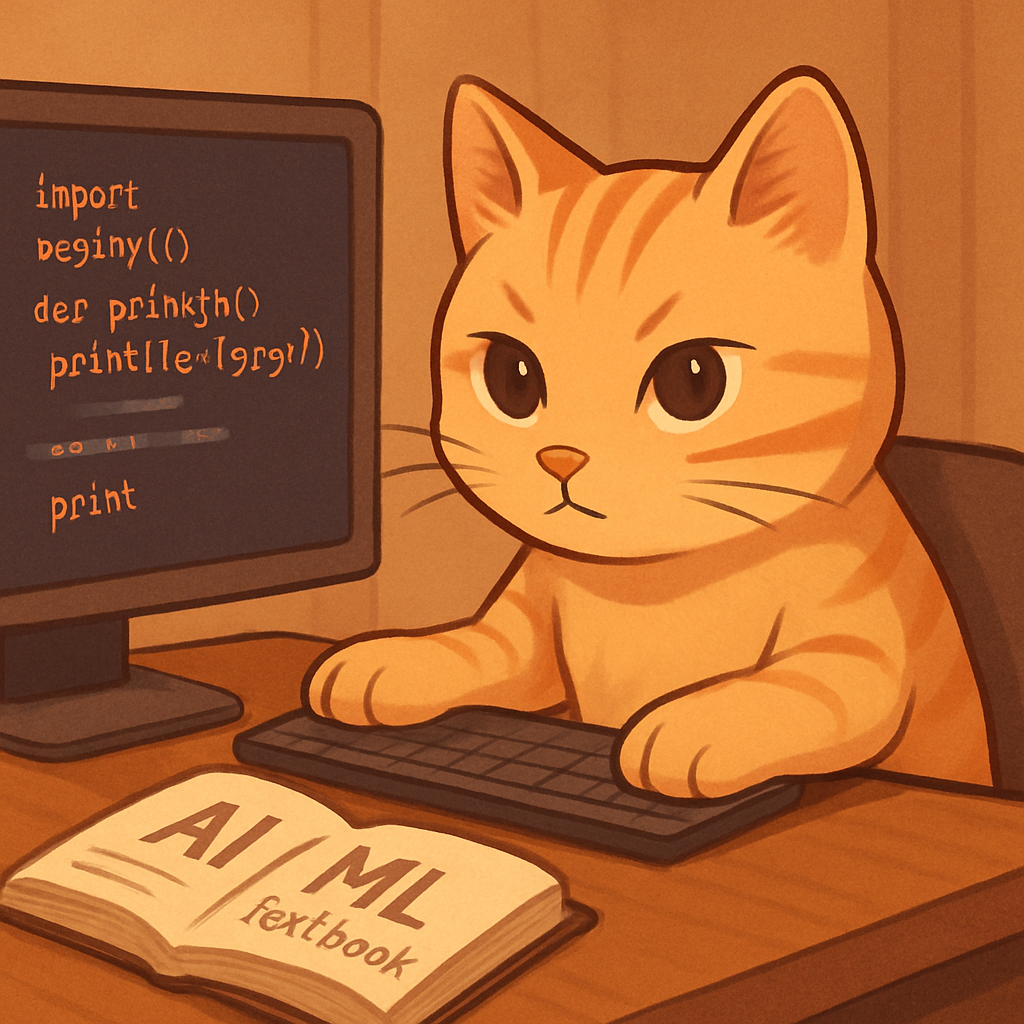What is an LLM, and Why Are Transformer Models So Dominant?
Introduction
In my recent journey through building and deploying AI services, I found myself returning to a fundamental question:
What exactly is a large language model (LLM), and why is the transformer architecture at the core of all of them?
What is an LLM?
A Large Language Model (LLM) is a deep learning model trained on massive amounts of text data to understand and generate human-like language. Examples include:
- GPT series (OpenAI)
- BERT (Google)
- LLaMA (Meta)
- Claude (Anthropic)
These models are:
- Pre-trained on general-purpose corpora
- Fine-tuned for specific tasks
- Capable of zero-shot or few-shot generalization
What makes LLMs different from older models is their scale and generality — they aren’t designed for one task, but for language itself.
The Transformer Breakthrough
LLMs are almost universally based on transformer architecture, introduced in the paper “Attention is All You Need” (2017).
Key Innovations:
- Self-attention mechanism: Allows the model to weigh different parts of the input sequence differently.
- Parallelizable: Unlike RNNs, transformers don’t require sequential processing.
- Scalable: Works well with very deep and wide networks.
These properties make transformers ideal for training at scale, across many GPUs or TPUs.
Why Transformer Models Dominate
From my research and experimentation, I see the following reasons why transformers have become the default architecture for LLMs:
- Accuracy: Transformers consistently outperform other architectures in NLP benchmarks.
- Efficiency: With the help of frameworks like Hugging Face Transformers and libraries like FlashAttention or xFormers, training and inference have become faster and more memory-efficient.
- Transfer Learning: The ability to pretrain on large corpora and fine-tune on small task-specific datasets is extremely powerful.
This “pretrain once, fine-tune many times” paradigm is key — especially for developers like me who can’t afford to train from scratch.
My Realization
Transformers aren’t just a trend — they’re a foundational innovation. And understanding them is not optional if you want to:
- Train your own LLM
- Modify existing models
- Build services on top of them
Now, every architecture I touch — from TinyLlama to Phi-2 — is based on this backbone. Understanding why helps me make better design and deployment decisions.
What’s Next for Me
- Study attention mechanisms at the code level
- Compare dense vs. sparse transformer variants
- Try building a toy transformer from scratch in PyTorch to solidify my understanding
Conclusion
Transformers are not just efficient — they’re elegant. And LLMs are their most visible success story.
For any AI engineer today, learning how transformers work is as fundamental as understanding how neural networks were in the last decade.
